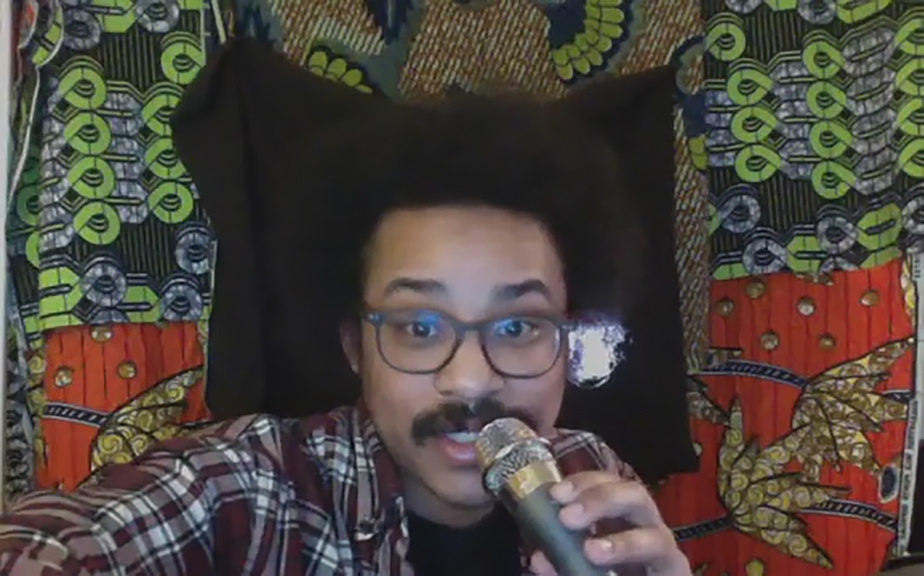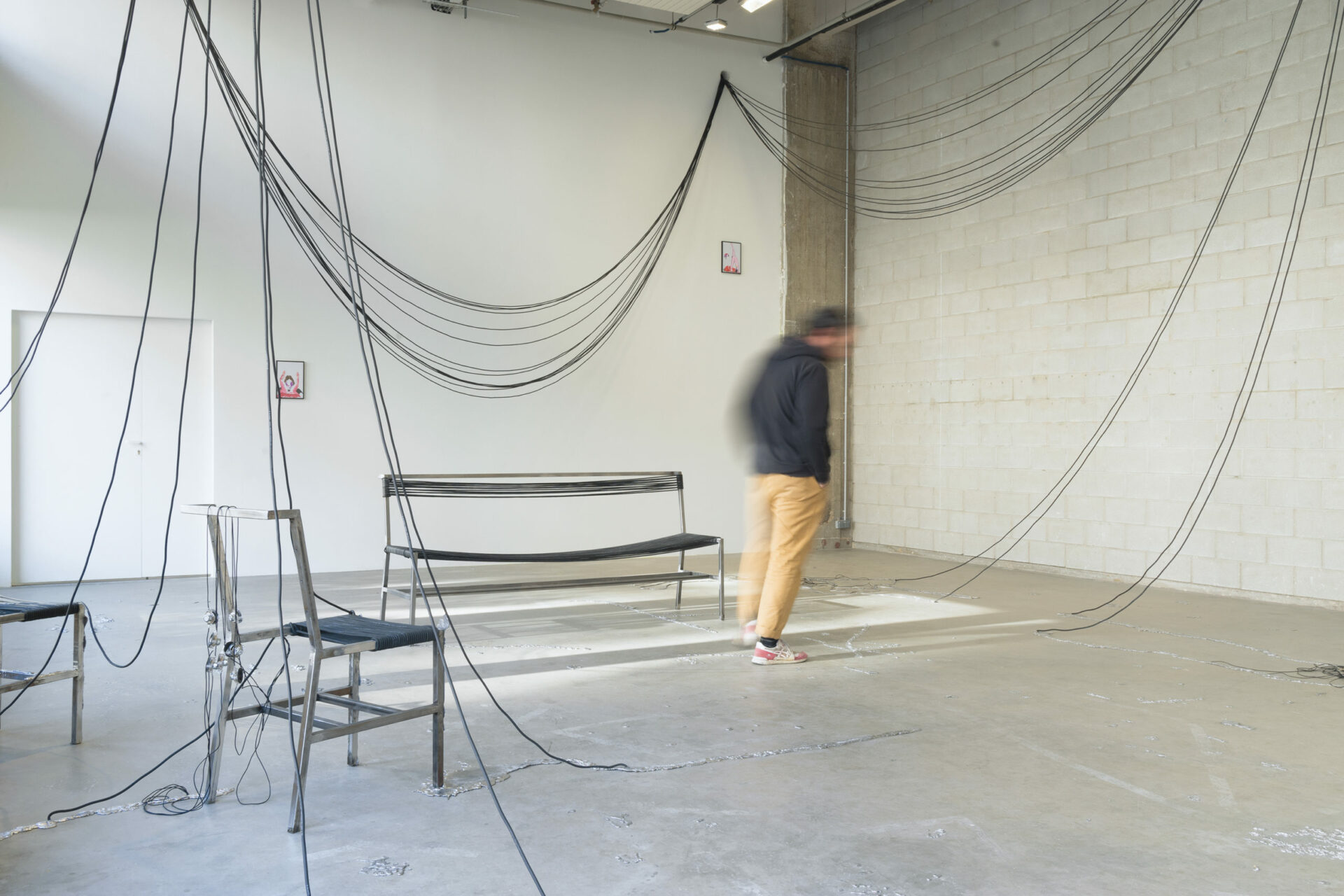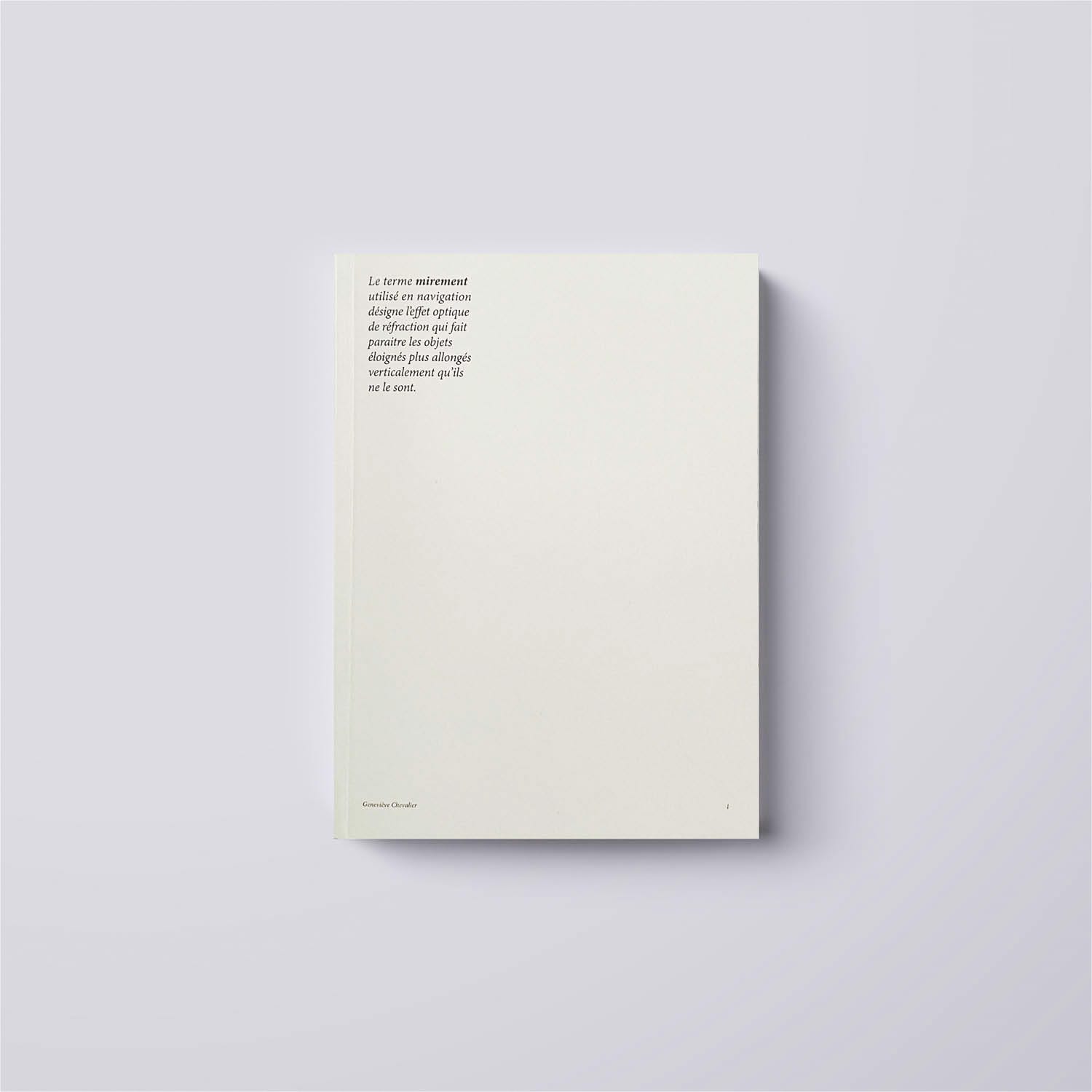James Nicholas Dumile Goddard, Skin Tone: how will we hold onto each other
April 1, 2020

Photo: courtesy of the artist
April 1, 2020
[En anglais] The ability to adapt to changing circumstances and to create out of precarious conditions are part and parcel of any performer’s toolkit. When improvisation is not enough, and all contingencies fail, the act of carrying forth into the unknown can be an alluring draw or a basic reflex. In these moments of uncertainty, it is often the audience’s willingness to participate in the experiment that makes for a successful journey. We are, after all, a community that shares in this act of bearing witness to the vulnerabilities of live performance. Our support for each other is critical, especially as our usual ability to be co-present is altered in this era of social distancing.
James Nicholas Dumile Goddard’s performance how will we hold onto each other was initially meant to occur at the Leonard & Bina Ellen Art Gallery on March 18, 2020, as part of the live programming for the exhibition In the No Longer Not Yet (February 5–April 4, 2020). Curated by Julia Eilers Smith, the exhibition considers the multiple ways in which the apocalypse is not an impending reality but an already existing one. Unlike the grand end-of-world narratives that populate our collective imaginary, the artists on view demonstrate that world-shattering catastrophes have already struck populations in the forms of colonialism, climate change, racism, and other forms of extinction, extraction, and dispossession. At the time of the exhibition’s opening, the unfolding COVID-19 pandemic had not yet reached an alarming scale in Canada. This quickly changed and as a result Dumile Goddard’s performance was postponed, rescheduled, and then “adapted from the gallery space to [his] home/adapted from a shared time & space to a shared time electronically mediated.”
Créez-vous un compte gratuit ou connectez-vous pour lire la rubrique complète !
Mon Compte


